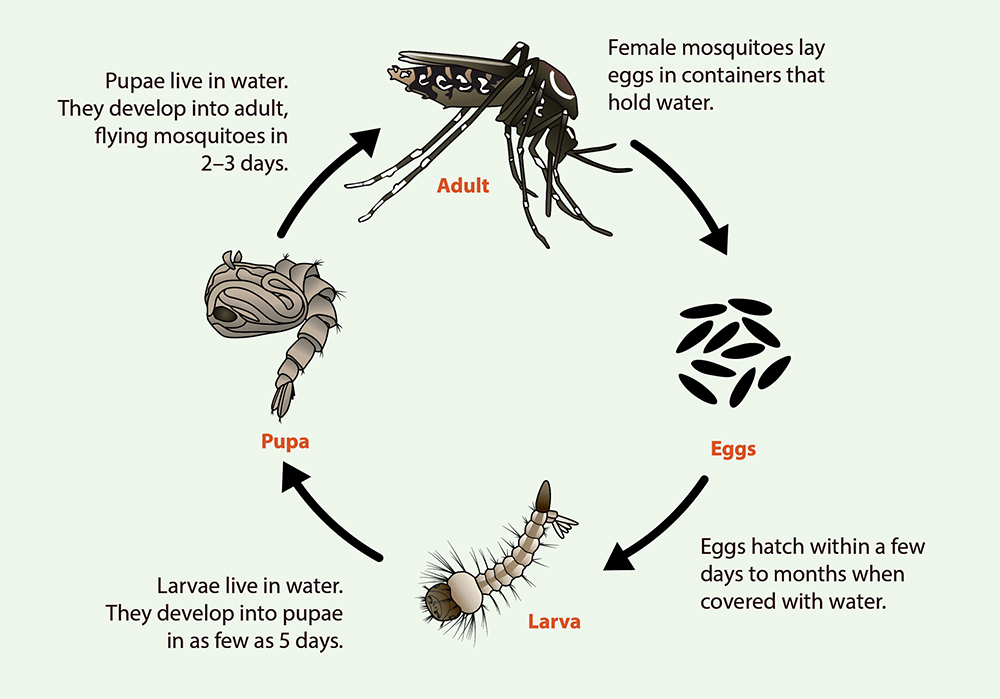Pests, those unwelcome visitors that often disrupt our homes and businesses, have a lifecycle that plays a pivotal role in their behavior and susceptibility to control measures. At New Day Pest, we believe that understanding the lifecycle of pests is key to implementing effective pest management strategies. In this blog, we’ll take you on a journey through the stages of a pest’s lifecycle, shedding light on how this knowledge can empower you to keep these intruders at bay.

The Stages of a Pest’s Lifecycle
- Egg Stage: The lifecycle begins with the laying of eggs. Eggs are often laid in concealed or protected areas, making them difficult to detect.
- Larva/Nymph Stage: After hatching from the egg, pests enter the larval or nymph stage. During this phase, they typically seek food and grow rapidly.
- Pupa Stage: Some pests, like certain types of flies, undergo a pupal stage. This is a transitional phase during which the pest transforms into its adult form.
- Adult Stage: The final stage is adulthood, where the pest reaches sexual maturity and can reproduce, completing the lifecycle.
The Impact of Lifecycle on Pest Control
Understanding the lifecycle of pests is essential for effective pest control:
- Targeting Vulnerable Stages: Different pest control methods are more effective at specific stages. For example, targeting eggs can prevent the population from growing.
- Timing is Key: To break the lifecycle, interventions must occur at the right time. Treating at the larval stage can prevent pests from reaching adulthood and reproducing.
- Repeat Treatments: Some pests have short lifecycles, necessitating repeated treatments to address new generations that emerge.
Case Study: Mosquitoes
Understanding the lifecycle is especially crucial for pests like mosquitoes:
- Egg Stage: Mosquitoes lay their eggs in standing water, making stagnant pools a breeding ground.
- Larva Stage: Larvae hatch and develop in water, feeding on organic matter.
- Pupa Stage: Pupae emerge from the water’s surface, developing into adults.
- Adult Stage: Adult mosquitoes fly, seeking blood meals for reproduction.
Implementing Effective Pest Control
- Regular Inspection: Conduct routine inspections to identify signs of pests at different lifecycle stages.
- Targeted Treatments: Use appropriate treatments for each stage, from insect growth regulators for eggs to chemical treatments for adults.
- Preventive Measures: Eliminate breeding grounds (standing water for mosquitoes), seal entry points, and maintain cleanliness.
- Professional Assistance: Enlist the help of pest control professionals who understand pest lifecycles and can devise tailored solutions.
Understand Pests to Combat Pests
Understanding the lifecycle of pests provides a strategic advantage in managing infestations. By recognizing the vulnerable stages and implementing targeted control measures, you can effectively disrupt the lifecycle and reduce pest populations. At New Day Pest, we’re dedicated to providing expert guidance and solutions that leverage this knowledge to keep your home or business pest-free. Whether you’re dealing with mosquitoes, rodents, or other pests, understanding their lifecycles can be a powerful tool in your pest control arsenal.